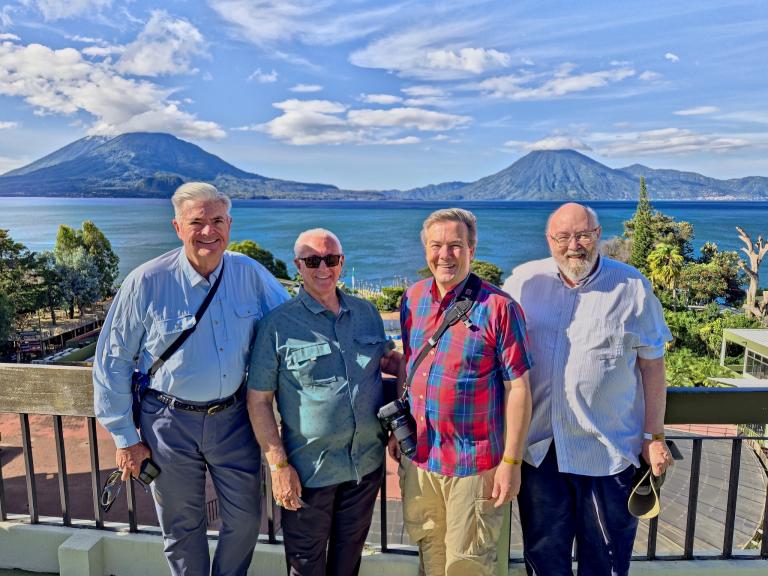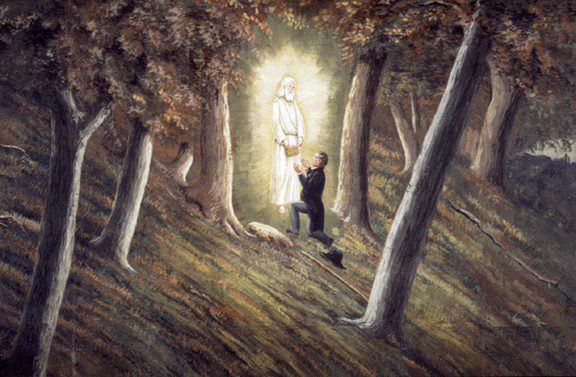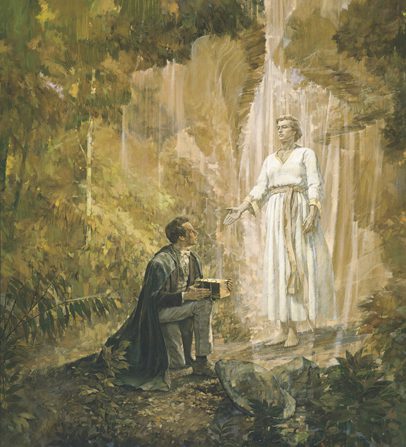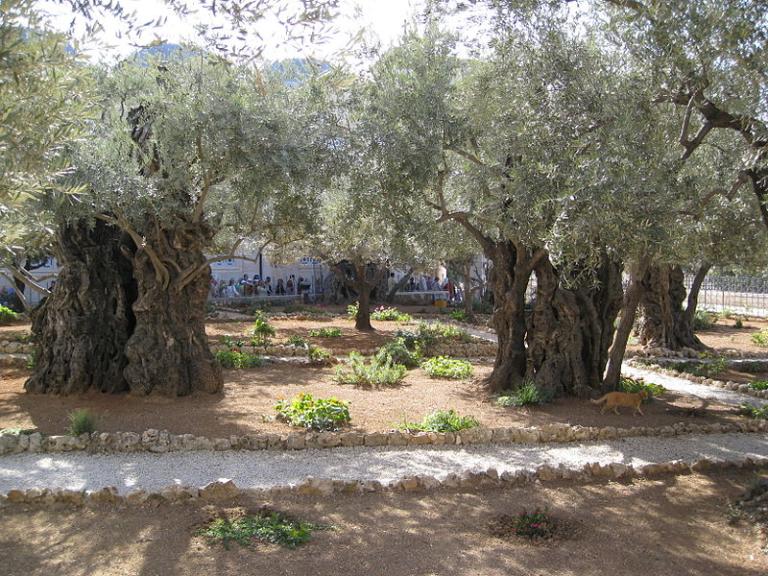
New, on the blog of the Interpreter Foundation, where nothing ever changes: “The Heartland Versus Mesoamerica, Part 5: The Narrow Strip of Wilderness,” written by Brant A. Gardner.

As a small constituent part of a long-term project that I’m working on, I’ll be extracting notes over the next several weeks or (more likely) months from John W. Welch, ed., Reexploring the Book of Mormon: A Decade of New Research (Salt Lake City and Provo: Deseret Book, 1992), and intermittently sharing them here. They represent the state of the questions as of the early 1990s and, in many cases, they will need to be fleshed out with whatever developments may have occurred over the past thirty-three years. (It’s also possible that, in a few cases, subsequent developments will have negated them altogether.) But that is a task for another time (or times). These are notes — sometimes including bibliographical hints for future reading — that I’m compiling for my own use, but I hope that some of you will find them of interest.
“Lehi’s Council Vision and the Mysteries of God,” by John W. Welch (24-27)
In 1 Nephi 1:8-13, Lehi sees God seated on his throne among the divine council, the heavenly host, and is commissioned with delivering a decree of judgment upon the city and people of Jerusalem. This is consistent with the experiences of several other ancient Israelite prophets, who had visions of participating in a heavenly assembly where they receive the judgments of that council that express God’s will regarding the world and those who live in it. (See, for example, 1 Kings 22:19-22; Isaiah 6:1-10; 40:1-8; Job 1:6-12; 2:1-6; Zechariah 1:8-13; 3:1-7; 6:1-8; and Jeremiah 23:18). The theme was discussed at length by Theodore Mullen, in his The Divine Council in Canaanite and Early Hebrew Literature (Chico, California: Scholars Press, 1980), which is very useful for understanding Lehi’s vision in its preexilic Israelite context.
Jack Welch argues that it is significant that the Hebrew term for the “council” is sôd (סוד), a word that, by association, has also come to refer to “a decree of the council.” It is, simultaneously, a confidential discussion, a secret or plan, a circle of confidants, or a council.
Because the council and its actions were private and intimate, closed to the general public, the decrees emanating from it were secrets. They were known only to the prophets. In fact, access to these secrets was what made a man a prophet. With that understanding in mind, the late Raymond E. Brown – in “The Pre-Christian Semitic Concept of ‘Mystery,”’ Catholic Biblical Quarterly 20 (1958):417-43, especially 421 — concluded that the Semitic background of the concept of the “mysteries” of God resides precisely in the idea of prophets (such as, well, Lehi) having been “introduced into the heavenly assembly and gaining a knowledge of its secret decrees”(compare Amos 3:7).
Accordingly, it’s worth noting that, in the Book of Mormon account, when Nephi described his desire to receive a personal confirmation of the truth of his father’s words, he expressed it by saying that he wanted to “know of the mysteries of God.” Those “mysteries” (sôd) were apparently synonymous, in his mind, with the decrees and knowledge that Lehi had received in the “council” (sôd).

(Painting by Kenneth Riley, from LDS.org)
“The Book of Mormon and the Heavenly Book Motif,” by Brent E. McNeely (26-28)
“He saw One descending out of the midst of heaven, . . . and stood before my father, and gave unto him a book, and bade him that he should read.” (1 Nephi 1:9-11)
The late Sterling McMurrin, a formerly prominent (nominal but unbelieving) Latter-day Saint intellectual, once dismissed the Book of Mormon with the confident assertion that “you don’t get books from angels; . . . it is just that simple.” However, according to the late, great Swedish scholar of comparative religions Geo Widengren, “Few religious ideas in the Ancient East have played a more important role than the notion of the Heavenly Tablets or the Heavenly Books,” which are “handed over [to a mortal] in an interview with a heavenly being.” (See Geo Widengren, Ascension of the Apostle and the Heavenly Book [Leipzig: Harrassowitz, 1950], 7.)
Elements of the “heavenly book motif” occur in the biblical books of Exodus, Jeremiah, Ezekiel, and Revelation, as well as in more than a dozen books of pseudepigraphic literature (nonbiblical writings dating c. 200 B.C. to A.D. 200) and early Christian literature. The motif is also evident in Lehi’s vision (as referenced above), in the story of the coming forth of the Book of Mormon, and, I would argue, in the traditional story of Muhammad and the Qur’an from early seventh-century Arabia. The basic elements of the “heavenly book motif” include these four:
A divine being gives a book to a mortal; (2) the mortal is commanded to read the book; (3) he is then told to copy the book; and (4) he is commanded to preach the book’s message to other mortals.
The brief article on this topic in Reexploring the Book of Mormon examines occurrences of the motif in the Bible, the pseudepigraphic book of 1 Enoch, the early Christian Vision of Hermas, the Book of Mormon and the story of its own coming forth.

(Wikimedia Commons public domain image)
I liked this personal recollection from Jamil Srour very much, and I commend it to your attention: “A Latter-day Saint Palestinian remembers the Olive Harvest.” Olive trees and olive cultivation were very important in the ancient eastern Mediterranean and then, later, to the west, in Turkey and Greece, in Italy and the Iberian Peninsula, and, eventually, in California. (See “Book of Mormon Evidence: Botany and Jacob 5 [Overview]”.) At the moment, however, I’m writing this in a place where olives don’t typically grow.
Posted from London, England












